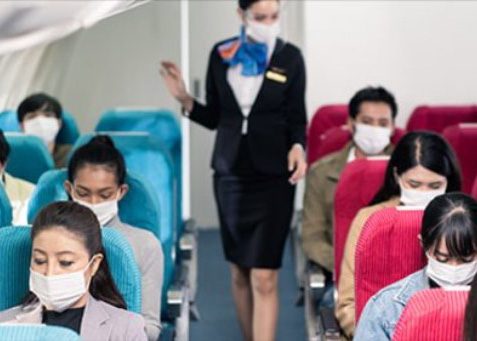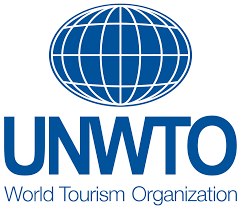Tightened travel restrictions underline challenges for tourism


Date Posted: 2021-03-08
Organization Name: United Nations World Tourism Organization
One in three destinations worldwide are now completely closed to international tourism. According to the latest data from the World Tourism Organization (UNWTO), the emergence of new variants of the COVID-19 virus has prompted many governments to reverse efforts to ease restrictions on travel, with total closures to tourists most prevalent in Asia and the Pacific, and Europe.
The UNWTO Travel Restrictions Report provides a comprehensive overview of the regulations in place in 217 destinations worldwide. While previous editions had shown a movement towards easing or lifting restrictions on travel, the latest report shows that the persistent seriousness of the epidemiological situation has caused governments to adopt a more cautious approach.
As of the beginning of February, 32 percent of all destinations worldwide (69 in total) are completely closed for international tourism. Of these, around just over half (38 destinations) have been closed for at least 40 weeks. At the same time, 34 percent of worldwide destinations are now partially closed to international tourists.
“Travel restrictions have been widely used to restrict the spread of the virus. Now, as we work to restart tourism, we must recognise that restrictions are just one part of the solution,” said UNWTO Secretary-General Zurab Polilikashvili. “Their use must be based on the latest data and analysis and consistently reviewed so as to allow for the safe and responsible restart of a sector upon which many millions of businesses and jobs depend.”
Regional Variations Clear
The ninth edition of the UNWTO Travel Restrictions Report shows that regional differences with regards to travel restrictions remain. Of the 69 destinations where borders are completely closed to tourists, 30 are in Asia and the Pacific, 15 are in Europe, 11 are in Africa, 10 are in the Americas and three are in the Middle East.
At the same time, the UNWTO research also indicates a trend towards adopting a more nuanced, evidence and risk-based approach to implementing travel restrictions. Growing numbers of destinations worldwide now require international tourists to present a negative PCR or antigen test upon arrival and also provide contact details for tracing purposes. Indeed, 32 percent of all worldwide destinations now have the presentation of such tests as their main requirement for international arrivals often combined with quarantine, while the same amount have made tests a secondary or tertiary measure.
Top Tourism Markets Remain Cautious
As UNWTO leads the restart of tourism, the Travel Restrictions Report also notes how different governments are issuing advice to their own citizens. Analysis of the top ten tourism source markets currently advising against non-essential travel abroad found they generated 44 percent of all international arrivals in 2018. UNWTO notes that advice issued by governments will play a crucial role in the restart and recovery of tourism in the weeks and months ahead.
